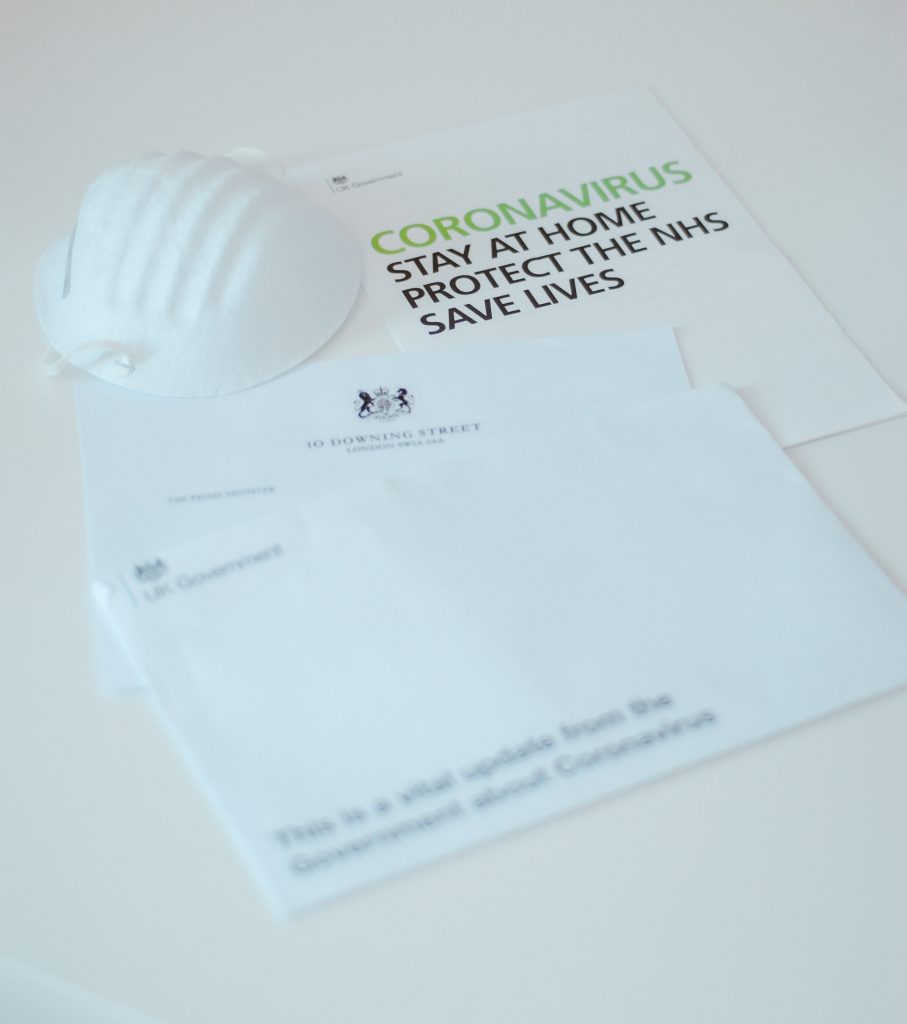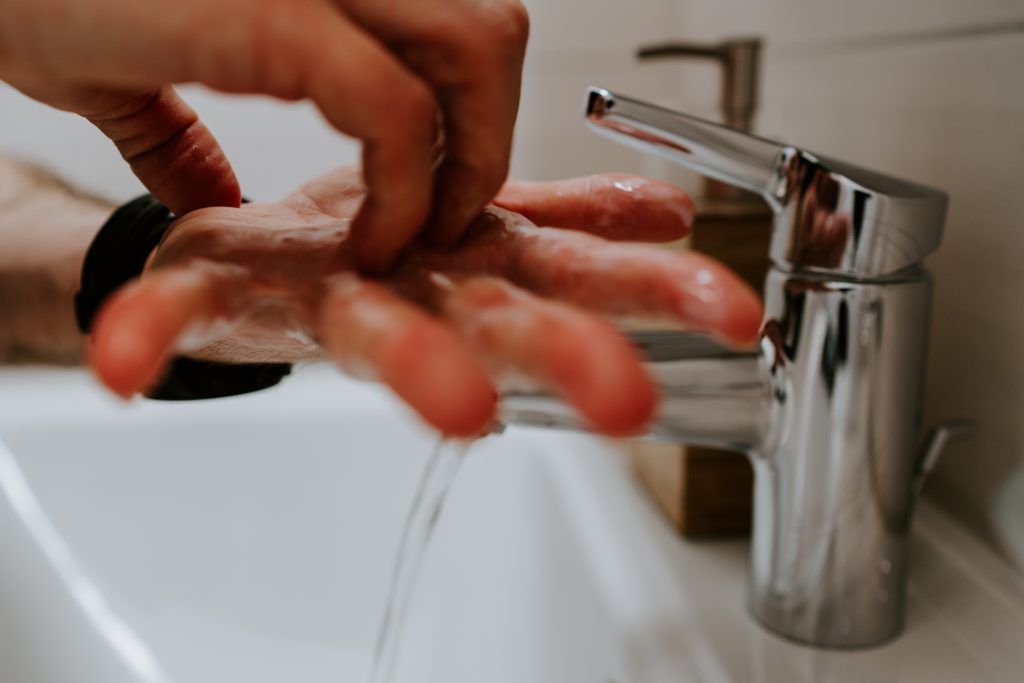Golf course agronomist drafts greenkeeping industry guidance
Related Articles
The golf course agronomist Noel Mackenzie has drafted guidance for greenkeepers regarding their work during the coronavirus lockdown.
Entitled Suggested Industry Guidance Concerning Essential Golf Course Maintenance in Lockdown, it states:
The following is our suggested advice to golf clubs and those maintaining them and is offered to assist the industry. This may be subject to industry and government approval or modification in due course. It is offered for adoption to sport governing bodies and Industry organisations to help form a universal policy on essential working practices.
Staff well-being
Managers must conduct a risk assessment of all staff working practices and behaviours assessing risk of virus transfer and exposure.
Particular measures likely to be necessary are:
- Less work will be required on courses doing only essential work so smaller work teams are likely to be necessary.
- An action plan for a worker becoming sick / injured during work is required.
- Ensure workers maintain social distancing in the work place and always maintain a minimum two metre distance from each other.
- Ensure staff work independently.
- Where possible individual machines should be allocated to identified workers.
- All machinery will be washed down with detergent based cleaning solution and, if possible, antiviral (not antibacterial) cleaner.
- Walkie-talkies / radios are a particular risk and shall be individually assigned and wiped with antiviral cleaner at the beginning and end of shifts. If possible chargers shall be separated and taken to workers homes to avoid cross contamination.
- Staff should wear gloves as far as is possible.
- Communal areas should be closed and staff should bring all the following items in individually:
- Work clothing
- Food
- Drinks
- Eating and drinking implements.
- Working entry and exit points where community contact is likely to take place shall be wiped down at the beginning and end of the day and at the beginning and end of all breaks.
- Breaks should be taken in isolation / deploying social distancing.
- Lone working shall be carefully monitored and staff ‘check–ins’ completed on at least hourly intervals if undertaking any activity alone.
- Toilet areas shall be fully stocked with soap and have hot water available and each user to sanitise the handle and seat and doors and taps on each occasion used.
- Any enclosed areas shall be as well ventilated as possible.
- Tool stations are a risk area and workers will need to sanitise any communally used tools and generally use gloves. Ideally each worker should have their own tools for common use items.
- Footpaths and community access routes through the golf course may place a duty of care to sterilise gate fastenings and erection of Covid-19 good practice guidelines.
- Managers will have to take an active role managing workers, not leave them to their own devices or engage in other work – management of staff must be their priority.
- Managers may also have to account for mental health anxiety around staff coming to work for a variety of reasons. Workers should not be coerced or pressured into working if they are uncomfortable with the situation.
- All staff must report any symptoms and follow government and health service advice if unwell regarding self-isolation and disease control measures.

Course maintenance
Inevitably all courses will take a financial ‘hit’ from the closure to play. In order that golf courses do not fail completely as businesses it is essential they maintain some basic maintenance to sustain their courses in a ‘holding pattern’ so they can be bought back to performance surfaces in future. Government, sports governing bodies and professional organisations may have a view on this but we are currently suggesting the following until such time as advice is forthcoming.
All work carried out must be with a view to the following:
- This situation of lockdown may continue for some time, probably months.
- All persons should act as if they have and carry the virus, rather than being free from it so the duty is to avoid spreading the illness rather than simply personally avoiding it, thus prevention is also avoidance.
- Golf courses have to be maintained or they will deteriorate fast and be unable to reopen for months when the lock-down lifts. Indeed, our view is if the course receives no maintenance they will fail as businesses or take months to get back on an operational basis.
- A ‘holding pattern’ of maintenance at a lesser input level is necessary to:
- Maintain the surface viability of playing areas, especially greens which are highly vulnerable and costly to restore if they fail.
- Cut costs.
- Limit working hours to the absolute minimum (and therefore worker exposure and minimising costs).
- Reduce biotic pressure on the grass plants thereby reducing the risk of disease and other problems that cause long term damage.
- Allow courses to emerge from a ‘holding pattern’ to be able to offer compromised playing facilities within two days of lockdown being lifted.
- Keep courses in such conditions that the businesses are able to provide customer experience of near normal playing conditions within two weeks of lockdown being lifted.
The following list is the items that we consider to be essential maintenance in order to hold a course in a ‘holding pattern’ (subject to advice from governing bodies):
Greens – essential areas
- Mowing – completed at 6-8mm on three occasions per week (also reduce water demand).
- Growth retardant – apply trinexapac-ethyl as per maker’s instructions.
- Verticutting / light scarifiying twice per month to avoid accumulation of pathogen harbouring thatch in the sward and upper rootzone which may lead to disease breakout.
- Rolling (triple mounted) – once or twice per month – necessary to maintain surface firmness due to lack of foot and mechanical traffic and essential for maintaining surface smoothness to allow close mowing.
- Sarrel spiking to maintain irrigation efficiency and reduce water wastage.
- Wetting agent application once per month – to combat rootzone hydrophobicity and reduce water wastage.
- Fertiliser should be site dependent, but generally in March / April use an ammonium nitrate based cold temperature functioning ‘Cold Start’ treatment. Routine spring / summer fertiliser: ideally a liquid feed urea based (12 to 20 per cent nitrogen content) applied monthly with a wetting agent. Where verticutting is suspended, a controlled release feed (15 to 25 per cent nitrogen content, mini prill products) is acceptable.
Note: The above list can be reduced further but this will lead to a reduction in ability to recover greens after lockdown is lifted and may lead to longer term issues and costs accumulating.
Tees / surrounds / semi-rough / quality landscape areas
- Mowing – can be completed one occasion per week at 15-18mm.
- Growth retardant – apply trinexapac-ethyl as per maker’s instructions.
- Fertiliser – controlled release input of around 15 to 28 per cent nitrogen released over five to six months.
- Significant pest management such as moles (applies to all areas).
Fairways
- Mowing – can be completed at 15-20mm on one occasion per week.
- Growth retardant – apply trinexapac-ethyl as per maker’s instructions.
Rough / paths and lower importance landscape areas
- Mowing – can be completed on one occasion per fortnight at normal cutting height.
Essential maintenance
- Irrigation system spring preparation is essential in our opinion, as are repairs to such systems.
- All machinery must be maintained in a safe, fully functioning condition and be fit for purpose.

Non- essential works
- All other areas are non-essential unless a significant health and safety risk is identified (bearing in mind the course is closed therefore risk exposure must be relevant).
- Typical greens maintenance for example aeration (except for surface sarrel spiking of greens), topdressing, application of supplements such as seaweed and so on and renovations. Practice areas (excluding practice greens), ditches, bunkers and so on are considered non-essential.
- Spaying is recommended as a labour effective way of undertaking several tasks at once including wetting agent and fertiliser application although this may draw comment since it is a very visible activity.
- If disease or pest spraying is undertaken then PPE involved in pesticide use must be sanitised and / or disposed of after use and, if retained, only used by one operator thereafter.
Notes:
Please note that advice is compiled with the best information the author has available and utilising both an agronomic, biological sciences and business management perspective. It is not an absolute guide to safe working practice around Covid-19 and further government and health service sources should be engaged to confirm best practice.
Noel MacKenzie B.Sc.(Hons), MBPR, RIPTA is director and principal consultant at Sports Turf Consulting.
Mobile: +44 (0)7739 505862
Email: info@sportsturfconsulting.co.uk
Web: www.sportsturfconsulting.com

























